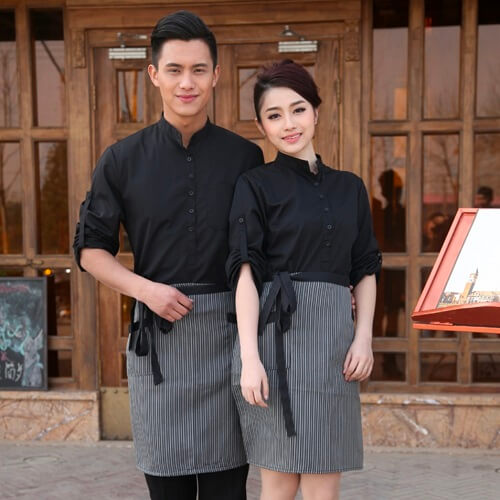team uniforms
customised uniform
Colors aren't just an idea that is discarded as a design. Pockets, zippers, and buttons all add to a uniform’s utility. Let's look at the complexities of selecting the appropriate fabric that will work with a variety of workplace environments and the weather conditions.
Integrating logos in a uniform is a craft as well as a trip. Wool does that!
Prior to finalizing an uniform style, the test stage is essential. Do you prefer cotton for its ability to breathe?
Patches and badges can be powerful symbols of achievement, recognition, or affiliation. However, wool also comes with adaptability, allowing comfort in warmer conditions by wicking moisture away from the body.



